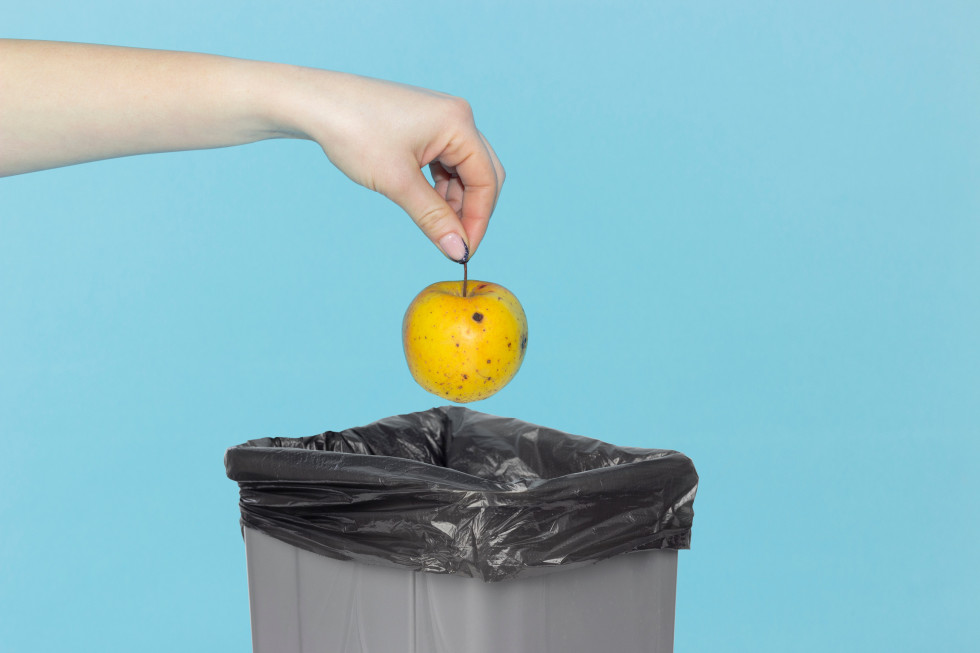A day without discarded food
- Government of the Republic of Slovenia
- Ministry of the Environment and Spatial Planning
We must realise that when discarding food we are not just discarding the bruised apple we don’t like, or the yoghurt we’ve forgotten at the back of the fridge, but also the related natural resources, i.e. the soil and farming land, water, energy and labour invested in producing and preparing food.
On a global scale we discard as much food as is produced on agricultural land equivalent to 635 times the size of Slovenia. In developed countries, where we always have access to fresh and cheap food, huge amounts of surplus, expired or even fresh food ends up in the waste.
In order to produce food that we may not even eat, we’ve cut down forests, caused many plant and animal species to become extinct, displaced native peoples and degraded soil. What’s more, waste food contributes to an increase in greenhouse gas emissions, as the decomposition of organic waste produces the greenhouse gas methane, which has an even greater impact on global warming than carbon dioxide. The effects of waste food on the environment reach even further – together with food we also discard enormous quantities of water and energy. For example, at the EU level the water used to produce food that is later discarded is equivalent to three times the volume of Lake Geneva, or 267 times the volume of Lake Bohinj.
The UN’s 2030 Agenda for Sustainable Development reflects an increase in global awareness of the problem of food loss and waste food. Target 12.3 of the Sustainable Development goals calls for cutting per capita global food waste at the retail and consumer levels in half, as well as reducing food losses along production and supply chains by 2030.


